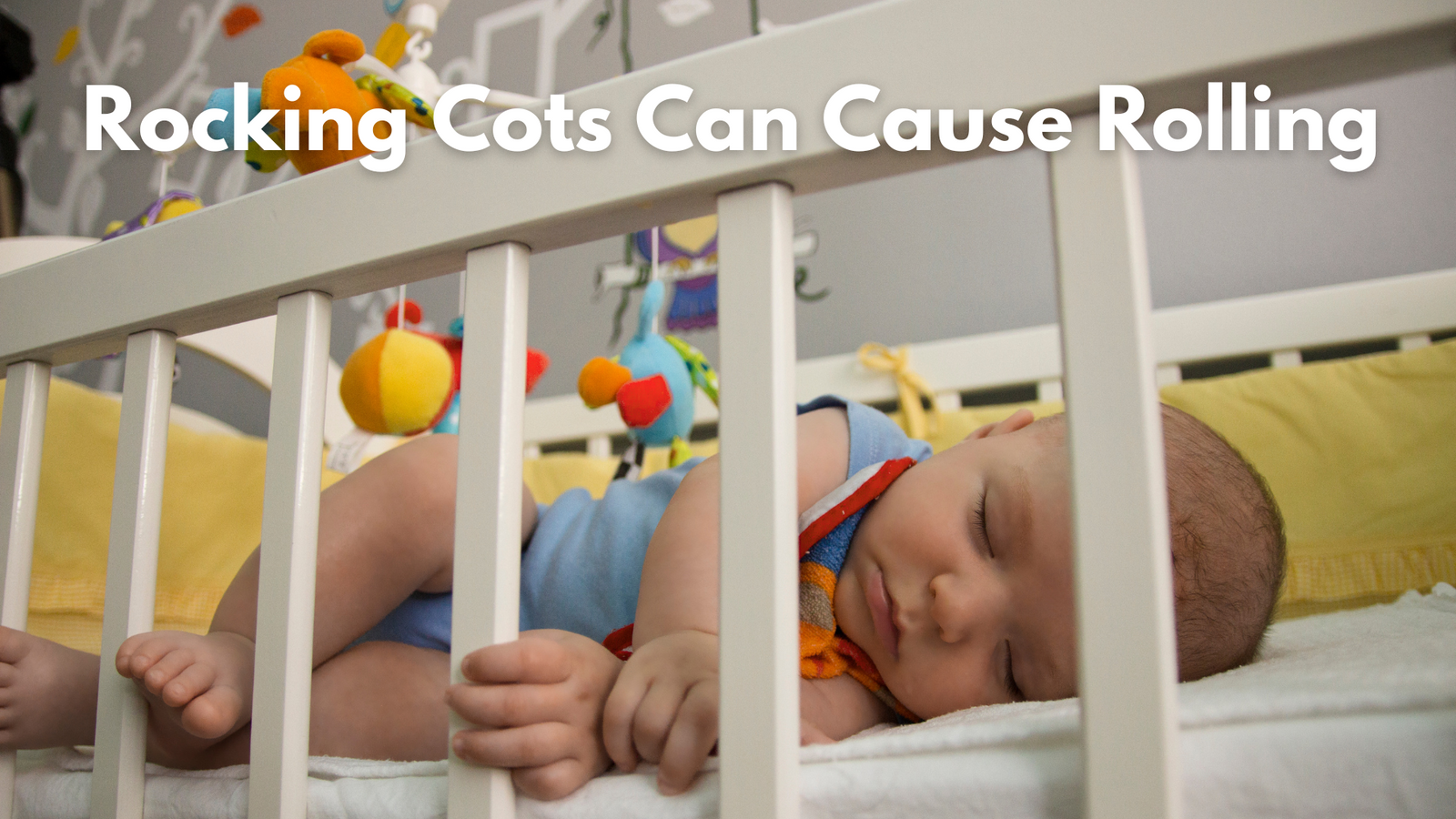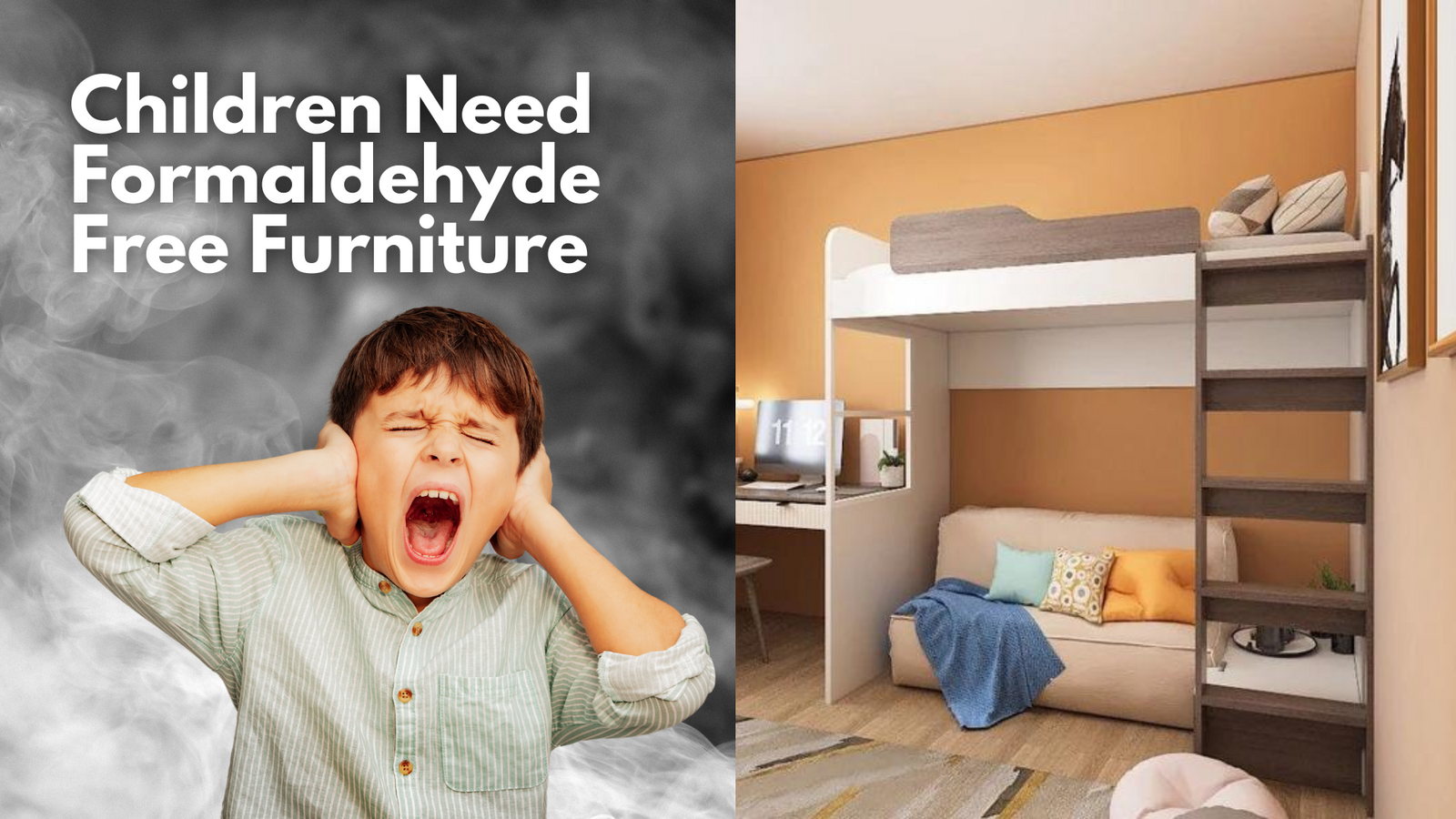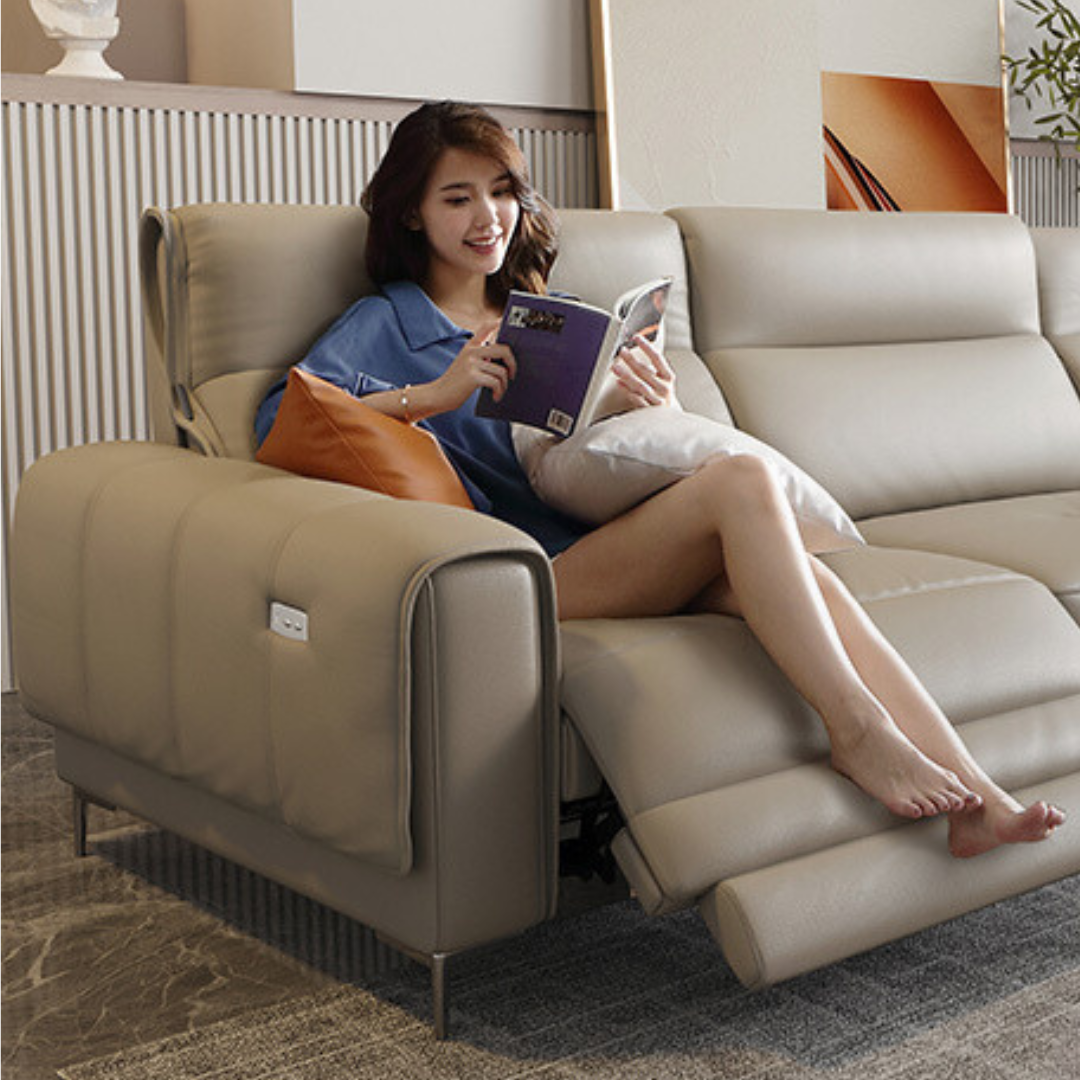Rocking baby cots may seem like a soothing and convenient solution for calming your baby, but they come with several hidden dangers that parents often overlook. While the gentle rocking motion is meant to mimic the feeling of being held, these cots pose serious risks that could compromise your baby’s safety. Here are ten reasons why rocking baby cots can be dangerous for your child:
#1. Risk of Toppling by Pets
Pets, especially larger ones, can accidentally knock over a rocking baby cot while trying to investigate or interact with the baby. The unstable rocking mechanism makes it easier for a cot to tip over when nudged by an excited or curious pet, posing a serious hazard for your baby.
#2. Older Siblings Leaning On A Rocking Baby Cot
Older siblings may try to peer over the cot’s rails or even lean on it, causing the rocking mechanism to become unstable. The additional weight from a sibling leaning on the cot could lead to it toppling, putting the baby inside at risk of injury.
#3. Toppling Due to Older Kids
Older children may see the rocking cot as a toy and attempt to climb into or push it. The added force from a child pushing or pulling the cot can easily destabilize it, leading to accidents. This risk increases if the cot is not anchored or is placed on an uneven surface.
#4. Unstable on Uneven Flooring
Rocking cots require a perfectly flat surface to function safely. Any unevenness in the flooring, such as carpets or rugs, can cause the cot to wobble excessively or tilt unexpectedly. This can increase the risk of the cot tipping over, especially when combined with the rocking motion.
#5. Increased Suffocation Risk With Rocking Baby Cot
The rocking motion can cause a baby to roll into awkward positions, potentially pressing their face against the cot's sides. This can block airflow and increase the risk of suffocation, especially if the cot has soft padding or bedding that can trap the baby’s face.
#6. Entrapment Hazards
Rocking cots often have small gaps or moving parts that can pinch or trap a baby’s tiny fingers or limbs. Additionally, the rocking motion can cause the baby to shift into dangerous positions near the rails, where they may become entrapped or injured.
#7. Potential for Falls
As babies grow and become more active, their movements can cause the cot to rock unpredictably. If the cot rocks too hard or tilts excessively, the baby could fall out, especially if the side rails are not tall or secure enough. This is particularly dangerous as babies begin to roll and pull themselves up.
#8. Disrupted Sleep Patterns
While rocking may help soothe some babies, it can also become a dependency, leading to disrupted sleep patterns. Babies may wake up whenever the cot stops rocking, making it difficult for them to learn how to self-soothe and sleep independently without the constant motion.
#9. Poor Durability and Stability
Many rocking cots are made with lightweight materials to facilitate movement. However, this can compromise their overall stability and durability. Over time, the rocking mechanism may wear out or weaken, increasing the risk of sudden collapses or malfunctions.
#10. Inconsistent Safety Standards
Not all rocking cots meet modern safety standards, and their moving parts may not be as rigorously tested as traditional stationary cots. This inconsistency in manufacturing and design increases the risk of malfunction, posing potential dangers that parents may not be aware of until it’s too late. Rocking cots do not comply with BS EN716 standards adopted by Singapore.
Conclusion
While rocking baby cots might appear to provide convenience and comfort, the risks they carry often outweigh the benefits. From the threat of toppling due to pets or older siblings to the dangers of suffocation and falls, these cots present a variety of hazards. Parents should carefully consider these dangers before opting for a rocking cot and explore safer alternatives that offer stability and security for their baby’s sleep environment.
















